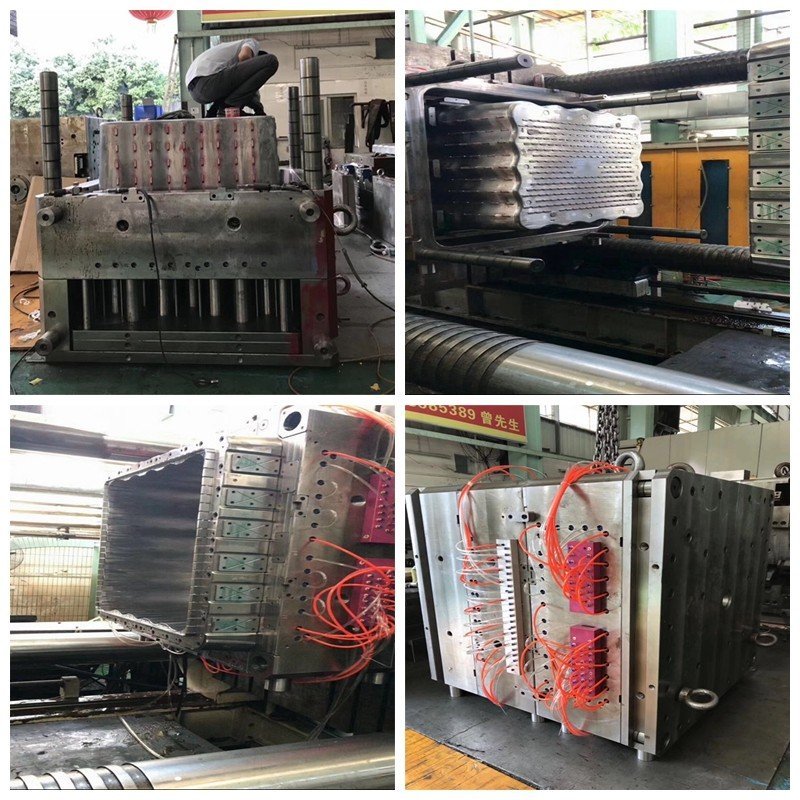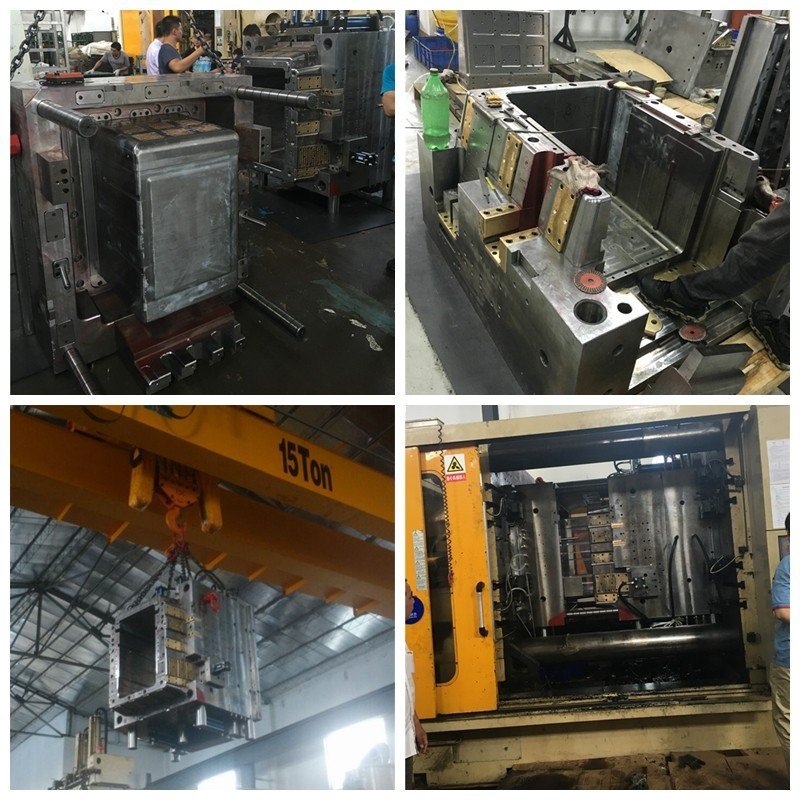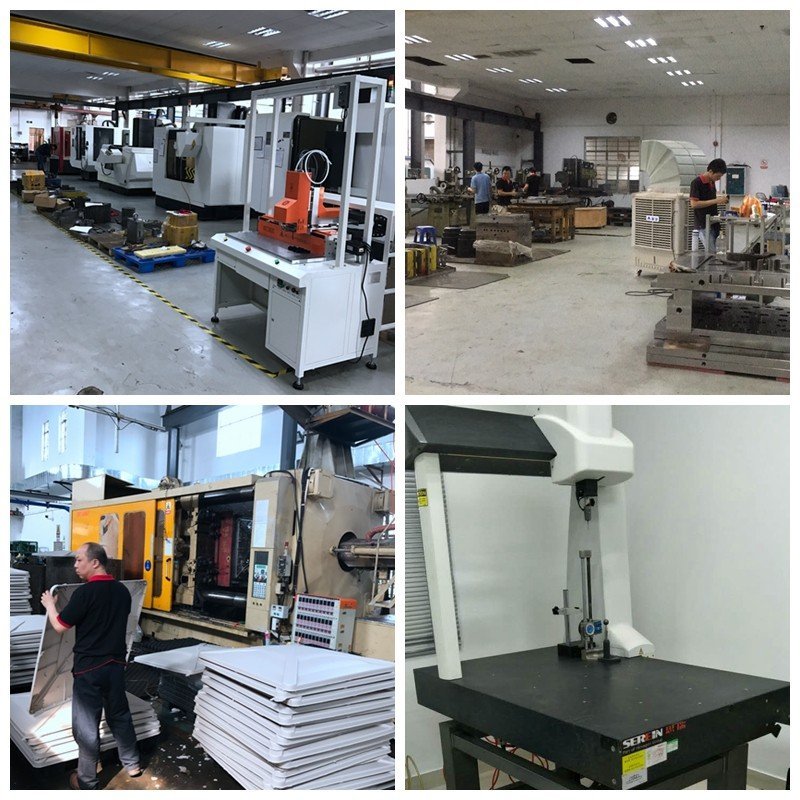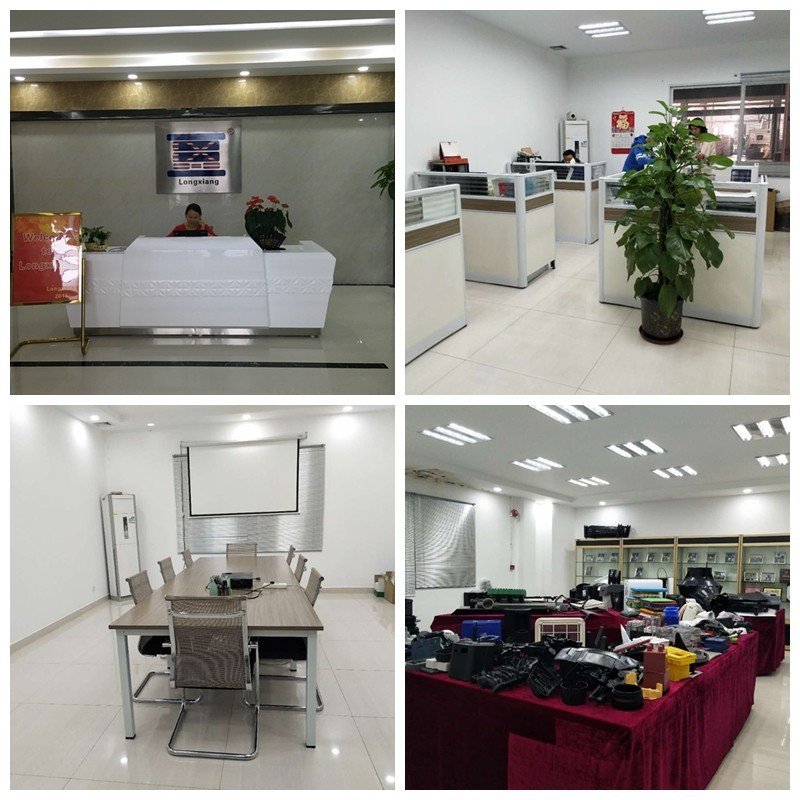If you’re in product development, time is your enemy. You need parts in your hands quickly to validate designs, test, iterate, or bring products to market ahead of competitors. That’s why the promise of fast injection molded parts or fast injection-molded plastic parts isn’t just a marketing slogan — it’s a crucial capability.
Many manufacturers say “fast,” but few deliver reliably. At LXG Mold Tooling, speed is one of our hallmarks — while maintaining quality, repeatability, and cost-effectiveness. In this article, I’ll walk you through:
Understanding “Fast” in Injection Molding
What does “fast injection molded parts” mean in practice?
When we say fast injection molded parts, we refer to two interconnected speed goals:
Quick lead time from order to first parts in hand (hours, days, or a few weeks)
Rapid per-part cycle times (i.e. how quickly the mold can produce each part once running)
Your buyer cares about both. You might get parts in 5 days, but if each shot takes 60 seconds, your throughput is low. Conversely, a mold that cycles in 3 seconds is pointless if you wait 8 weeks to get it.
Competitors like Xometry advertise parts in as little as 5 business days for domestic quick-turn molding. Protolabs touts “custom parts in as few as 5 days” in some cases. Rapid Molding positions itself as prototyping and short-run production in “2–4 weeks” depending on complexity. These are decent benchmarks — but they often come with trade-offs: limited materials, less durable molds, simpler geometry, or premium pricing.
At LXG Mold Tooling, we push harder: we aim to combine fast injection molded parts with robust tooling, material flexibility, and consistent quality — not shortcuts that backfire later.
How fast can a mold make a part?
The per-shot speed (cycle time) depends on several factors. A simplified cycle = injection + packing/holding + cooling + mold open & ejection. Cooling time typically dominates.
In high-speed molding setups, small thin-wall parts may be produced in 2–5 seconds per shot. In practice, for many parts, 8–20 seconds is a realistic range. But complex parts, large parts, or parts with thick sections may need 30–60 seconds or more.
So when someone asks, “how fast can injection mold produce a part?” the answer is: it depends. But with smart design, cooling, and mold engineering, the speed can be pushed down to very aggressive levels.
Technical Levers for Speed
To deliver very fast injection molded parts, you must optimize multiple variables. Here’s what we do at LXG:
1. Optimized Cooling Design
Since cooling is often the longest stage, you can reduce cycle time by improving mold cooling — deeper, conformal channels, better fluid flow, and active cooling systems.
2. Thin Wall & Uniform Wall Thickness
By ensuring the plastic section thickness is uniform and minimal, you reduce cooling time and shrinkage issues. It also helps the molten material fill faster, so the injection + packing phases get shorter.
3. High Injection Speed & Pressure
Faster injection helps fill cavities quicker. But it must be balanced with material flow, shear, and avoiding defects. Good gate design and venting support this.
4. Mold Material & Surface Finish
Polished, low-friction mold surfaces help parts flow smoothly. Tool steel or high-conductivity materials help dissipate heat faster.
5. Multi-Cavity & Family Molds
More cavities = more parts per shot. But that complicates balance and flow. Proper design ensures that the speed gain from multi-cavity outweighs any balancing delays.
6. Rapid Tooling Methods
For initial runs, rapid mold tooling (CNC-only, with limited complexity) lets you get tooling faster. While these molds may not last forever, they let you test and iterate quickly.
7. Smart Process Control
Using sensors, real-time control, and optimization (even AI-driven) to adapt parameters slightly to maintain cycle speed without defects. Recent research uses Bayesian adaptive design-of-experiment to reduce experiments and optimize cycle time in real time. arXiv
By combining these levers, you can push your cycle times down, while keeping quality high.
How LXG Mold Tooling Delivers Fast Parts
Let me walk you through how LXG Mold Tooling stands out for delivering fast injection molded parts, especially for orders in the U.S. or for global clients:
Rapid Quoting & Project Onboarding
Time lost before the mold even exists is wasted. We strive to give you a solid quote in hours, not days, by leveraging internal tooling estimation systems and automated DFM (Design for Manufacturability) evaluation.
Rapid Tooling for Prototype Runs
Before building hardened production molds, we sometimes deploy rapid tooling injection molding (soft or CNC-only molds) to get test parts in hand quickly. This lets us validate or tweak design without waiting for long lead times.
Optimized Mold Design Focused on Speed
Every mold we design carries the “speed-first” mindset — optimized cooling, smart gating, parallel flow, minimal dead zones. We don’t just aim for durability; we aim for consistently fast injection-molded plastic parts.
High-Performance Molding Machines
We use modern injection presses with fast cycle capability, strong injection capacity, and good cooling systems. This complements our tooling to actually realize short cycle times.
Quality Assurance Without Slowing Down
Even though speed is critical, we never compromise inspection. We integrate FAI, CMM, SPC checks, and inline checks so defects don’t cascade and force later rework (which kills speed).
Scalable to Full Production
Once the prototype or pilot run is validated, we shift to hardened production molds with identical geometry, so you get consistent speed, quality, and volume scaling.
“Very Fast Injection Molded Parts USA” Capability
We deliberately maintain some capacity in the U.S. or with U.S.-friendly lead times to cater to clients who want fast delivery in the U.S. market. This helps you keep shipping, logistics, and inventory tight.
How Fast Can an Injection Mold Make a Part? Realistic Expectations
To keep things grounded, here’s a snapshot of how fast you can expect different types of parts to be produced, assuming we optimize design, material, cooling, and tooling:
| Part type / complexity | Expected cycle time (shot) | Notes |
|---|---|---|
| Small thin-wall clip / simple part | 2 – 5 seconds | With optimal cooling and gating |
| Mid-size consumer part (moderate ribs) | 8 – 20 seconds | Common practical window |
| Larger or thicker parts | 20 – 40+ seconds | Cooling becomes limiting |
| Very complex geometry / inserts | 30–60 seconds+ | Balancing, sliding cores, etc. |
So when you ask, “how fast can injection mold produce a part?”, we reply: if we design right, use fast tooling, and optimize every parameter — parts in single-digit seconds are within reach for many applications.
What It Takes for “Very Fast Injection Molded Parts USA”
If your goal is very fast injection molded parts in the USA (i.e. parts delivered in days, produced with rapid cycles), here’s what you should look for in a manufacturing partner — and how we position ourselves:
Domestic or U.S.-friendly supply chain to cut transit time
Fast tooling capability (rapid molds) so that mold build doesn’t take months
Speed-optimized mold design from the start
Multi-cavity or hot-runner systems to scale shot output
Lean logistics and priority scheduling for rush orders
Transparent communication, real-time updates, and mitigation of issues
At LXG Mold Tooling, we build these into our offering. Many of our clients in North America request weekends or expedited runs — our system and process are built to support that.
Why Clients Who Order Fast Parts Choose Us
If I were a product developer, here’s why I’d partner with LXG Mold Tooling when I needed fast injection molded parts:
Speed without compromise — I don’t want rushed parts that fail quality checks
Transparent timing & expectations — because exceptions are inevitable, but I want them known early
Scalable tooling strategy — start fast with soft molds, then shift to full production molds
Material and part flexibility — not locked into just one resin or geometry
Global reach with U.S. advantage — for fast delivery to my market
Quality systems built in — not tacked on at the end
We combine all these with our own technical investment (cooling, sensors, design expertise) so when you ask us, “how fast can you deliver this part?” — we usually have a credible, data-backed answer.
Ordering Fast Injection Molded Parts: What You Must Do
If you’re ready to move forward and place an order for fast injection molded parts, here’s what helps us deliver faster:
Provide clear 3D CAD (STEP, IGES, etc.) + drawing data
Specify resin/material options early
Identify tolerances & critical dimensions
Avoid extreme geometry that forces slow cycles
Be flexible on surface finish, gate location, and mold features
Communicate your speed priority — we can allocate resources and expedite internally
The more clarity and alignment at the start, the faster we can deliver.
Addressing Common Objections & Risks
“Won’t speed kill reliability?”
Not if done right. Poor molds run slower to avoid issues. But with optimized mold design, balanced flow, and good process control, speed and quality can go hand in hand.
“I need exotic resins — can you still be fast?”
Yes — but exotic resins often need slower cooling or special mold temperatures. We adapt tooling accordingly. The “fast” speed will be relative to the material constraints.
“What about tooling cost?”
Rapid tooling is more expensive per part, but if speed to market is critical, the trade-off is worth it. Plus, that prototype mold path helps de-risk before investing in full production tooling.
“What if parts fail QA?”
We embed QA (FAI, CMM, SPC) early. If issues emerge, we address them before mass runs. That protects your schedule and reputation.
Summary & Call to Action
If you’re looking for fast injection molded parts, fast injection-molded plastic parts, or wanting to know how fast an injection mold can make or produce a part, here’s what you should remember:
Fast in injection molding means both quick first-part lead time and optimal cycle times.
With smart mold design, cooling, and instrumentation, cycle times of 2–5 seconds for small parts or 8–20 seconds for more complex parts are realistic.
To achieve very fast injection molded parts in USA, you need a partner with U.S. capability, rapid tooling, quality systems, and logistics muscle.
LXG Mold Tooling builds every project with a speed-first mindset, without sacrificing durability, material flexibility, or quality.
👉 Ready to see how fast your part can be made? Contact LXG Mold Tooling now for a quote. Share your CAD, requirements, and timeline — we’ll propose a plan, timing, and tooling strategy to get you parts faster than you thought possible.
3 Steps For Precision Manufacturing

Share Your Files
We’ll sign an MNDA and assess manufacturability for free.

Recieve A Quote
Clear pricing and lead times, no
surprises.

Place Your Order
Lock in production and move forward with confidence.
Get A Quote Now and let’s build smarter, faster, and stronger — together.




Our Testimonials
our client say's
At LXG Mold Tooling, we believe great products start with great tools. As a global leader in injection mold tooling and high-precision plastic manufacturing, we’ve built our reputation on quality, speed, and trust.
Founded in 2000 as part of LongXiang-Ltd, our company has grown into one of China’s most reputable mold-making and injection molding partners. With a 5,000 sq. meter facility, 120+ skilled professionals, and state-of-the-art equipment, we provide end-to-end solutions — from concept validation and rapid tooling injection molding prototypes to mass production with durable injection molding tools.








